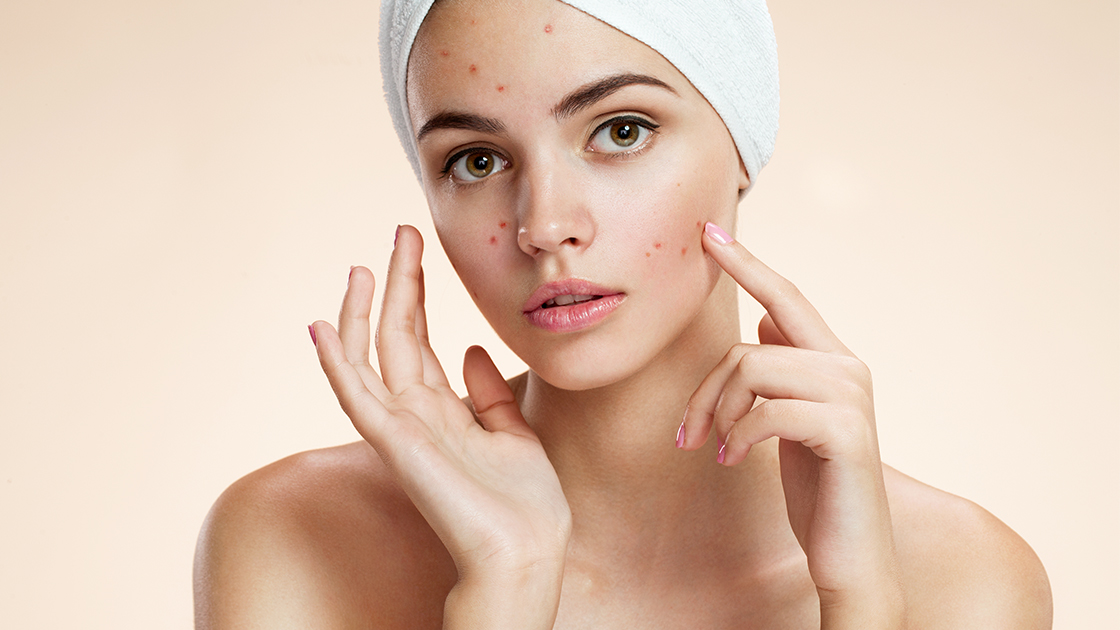Page Contents
Acne, a common skin condition that affects individuals of all ages, can be a source of frustration and self-consciousness. Countless over-the-counter creams and treatments promise relief, but for those seeking a more effective and precise solution, laser acne treatment offers a ray of hope. In this passage, we will explore how laser therapy works, the procedure, and the potential risks and side effects associated with this innovative approach to acne management.
How Laser Therapy Works for Acne
Laser therapy for acne, also known as laser skin resurfacing or laser photorejuvenation, employs advanced laser technology to address the root causes of acne and promote clearer, healthier skin. The process typically involves the following steps:
Wavelength Selection: The healthcare provider selects a specific laser wavelength suitable for targeting acne lesions.
Energy Delivery: The laser emits high-intensity light energy, which penetrates the skin’s surface and reaches the deeper layers.
Heat Absorption: The laser’s energy is absorbed by the sebaceous (oil) glands in the skin. This absorption triggers a controlled thermal injury that stimulates changes in the sebaceous glands.
Reduced Sebum Production: The controlled injury to the sebaceous glands results in a reduction in sebum (oil) production. Excess sebum production is a primary factor in acne development.
Bacterial Destruction: The laser energy also has antibacterial effects, targeting and destroying the bacteria responsible for exacerbating acne.
Collagen Stimulation: Laser therapy encourages collagen production, which can help improve the overall texture and appearance of the skin.
Procedure
The laser acne treatment procedure is generally straightforward and well-tolerated. Here’s what you can typically expect:
Consultation: Before the procedure, you will have a consultation with a healthcare provider who will assess your skin condition and discuss the treatment plan.
Preparation: Your skin will be cleaned, and protective eyewear is provided to shield your eyes from the laser light.
Laser Application: The provider will apply the laser to the treatment areas. You may feel a warm, tingling sensation during the procedure, but it is usually not painful.
Post-Procedure Care: After the treatment, you may experience some redness and mild swelling, which is temporary. Your provider will offer post-procedure care instructions to help you recover comfortably.
Risks and Side Effects
While laser therapy for acne is generally safe and effective, there are potential risks and side effects to be aware of:
Redness and Swelling: Immediately after the procedure, you may experience redness and mild swelling, but these side effects typically subside within a few days.
Pigment Changes: In some cases, the laser may cause temporary changes in skin pigment, either darkening or lightening the treated area. These changes are usually temporary and resolve with time.
Infection: Although rare, there is a minimal risk of infection following the procedure.
Scarring: Laser therapy is designed to improve the appearance of acne scars, but there is a small risk of developing new scars, although this is extremely rare.
Sun Sensitivity: Following treatment, your skin may be more sensitive to sunlight. It is essential to protect your skin from the sun and follow post-procedure care instructions to minimize this risk.
Unmasking Beauty with Laser Acne Treatment
Laser therapy offers a promising solution for individuals seeking effective acne management and skin rejuvenation. The procedure’s precision and ability to address the root causes of acne make it a compelling option for those who want to unmask their natural beauty and regain confidence in their skin.
To discover the potential of laser acne treatment, it’s advisable to consult a dermatologist or healthcare provider. They will evaluate your specific requirements and create a customized treatment plan based on your needs. Unmask your inner beauty, experience the benefits of laser therapy, and embrace clear, healthier skin that radiates confidence and self-assuredness.
